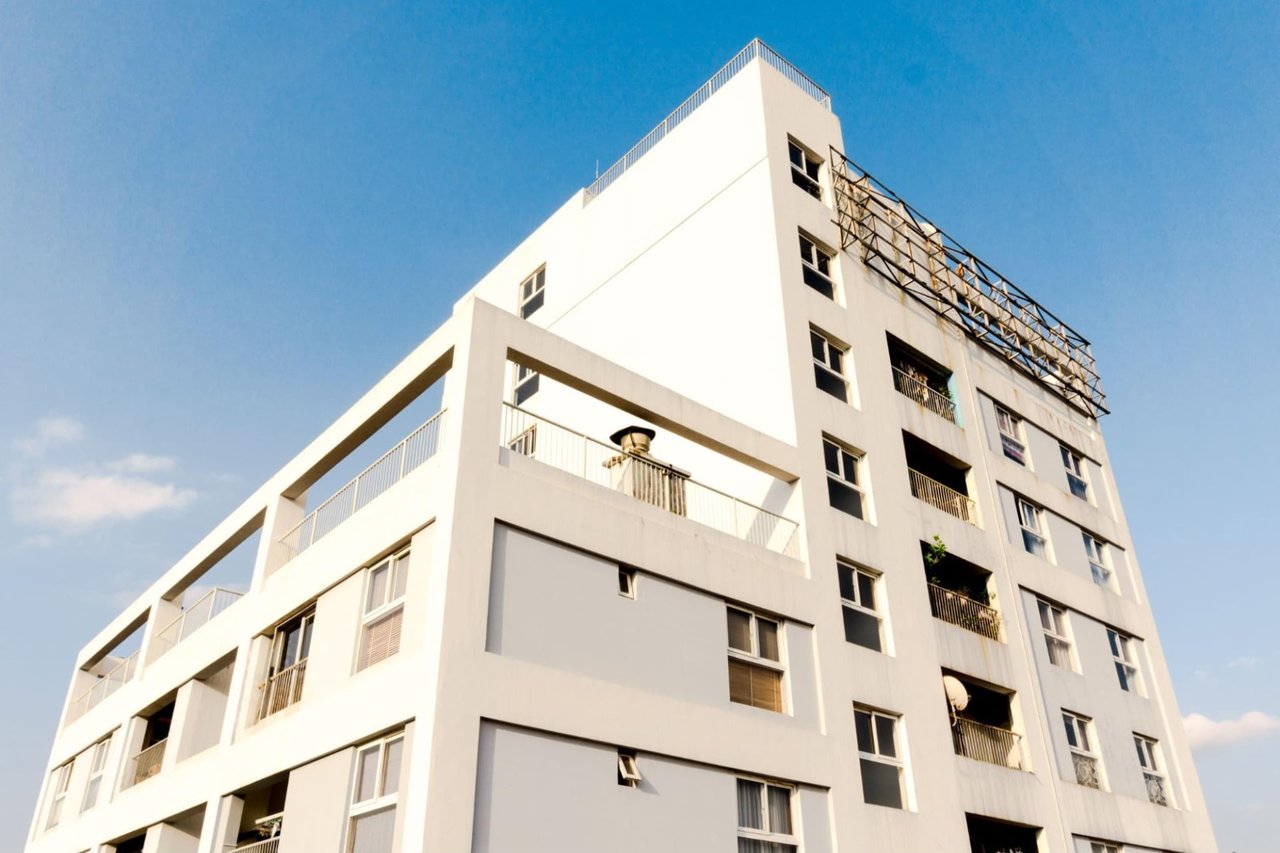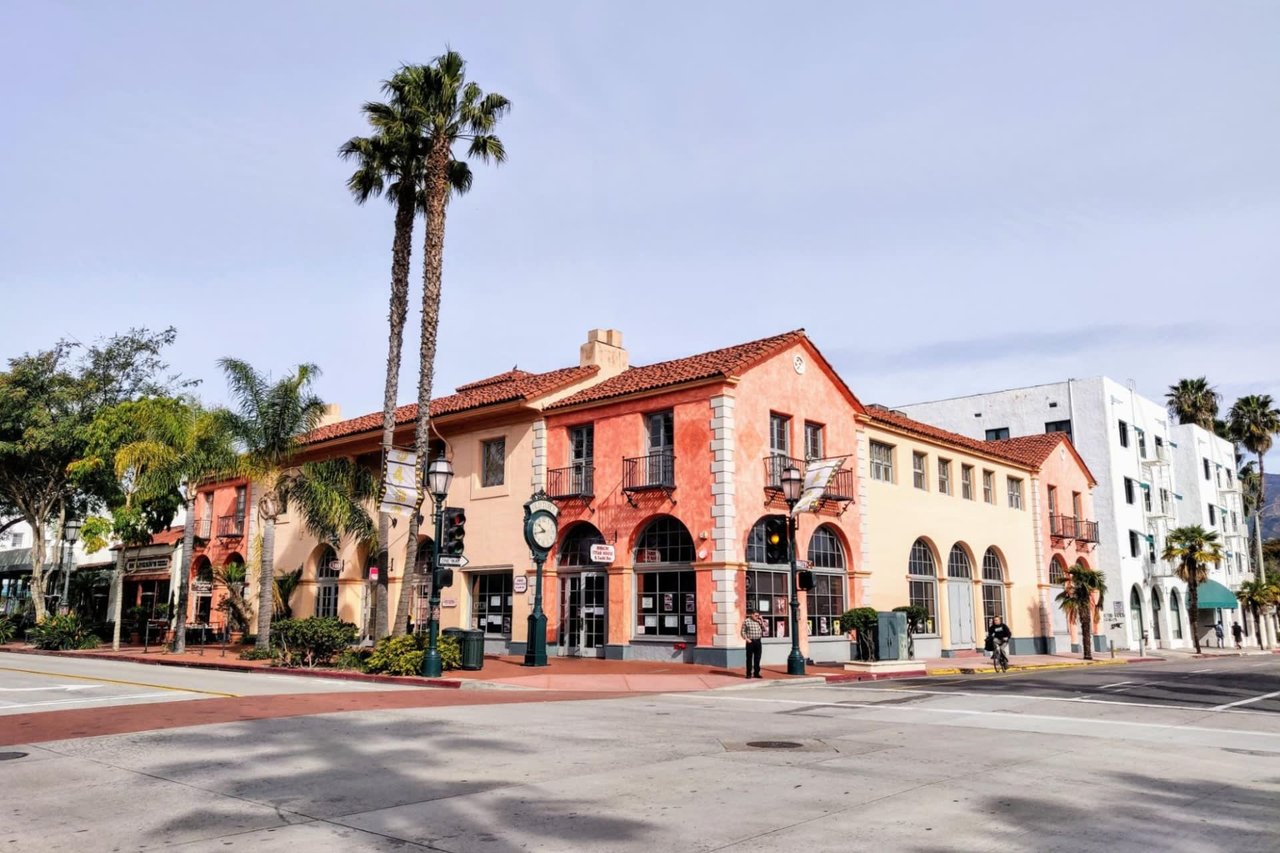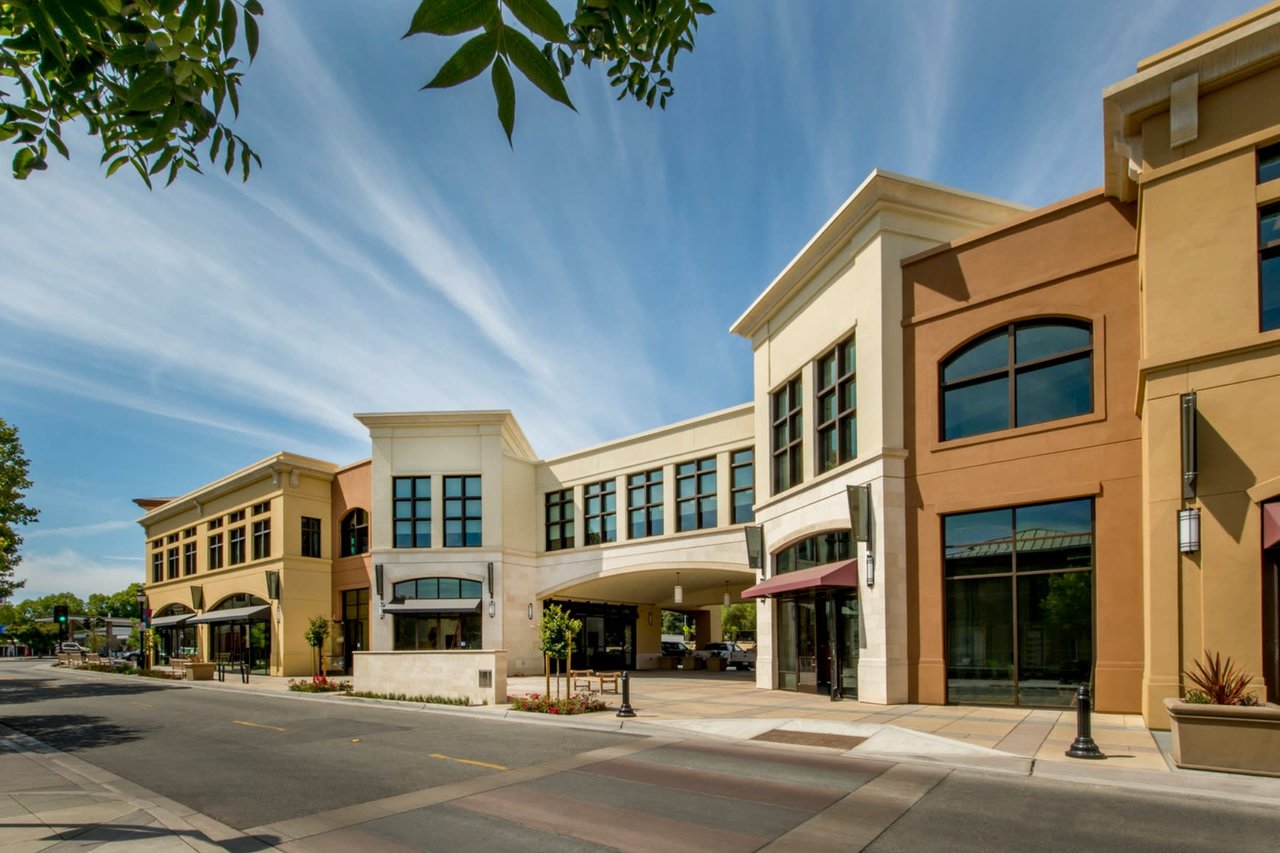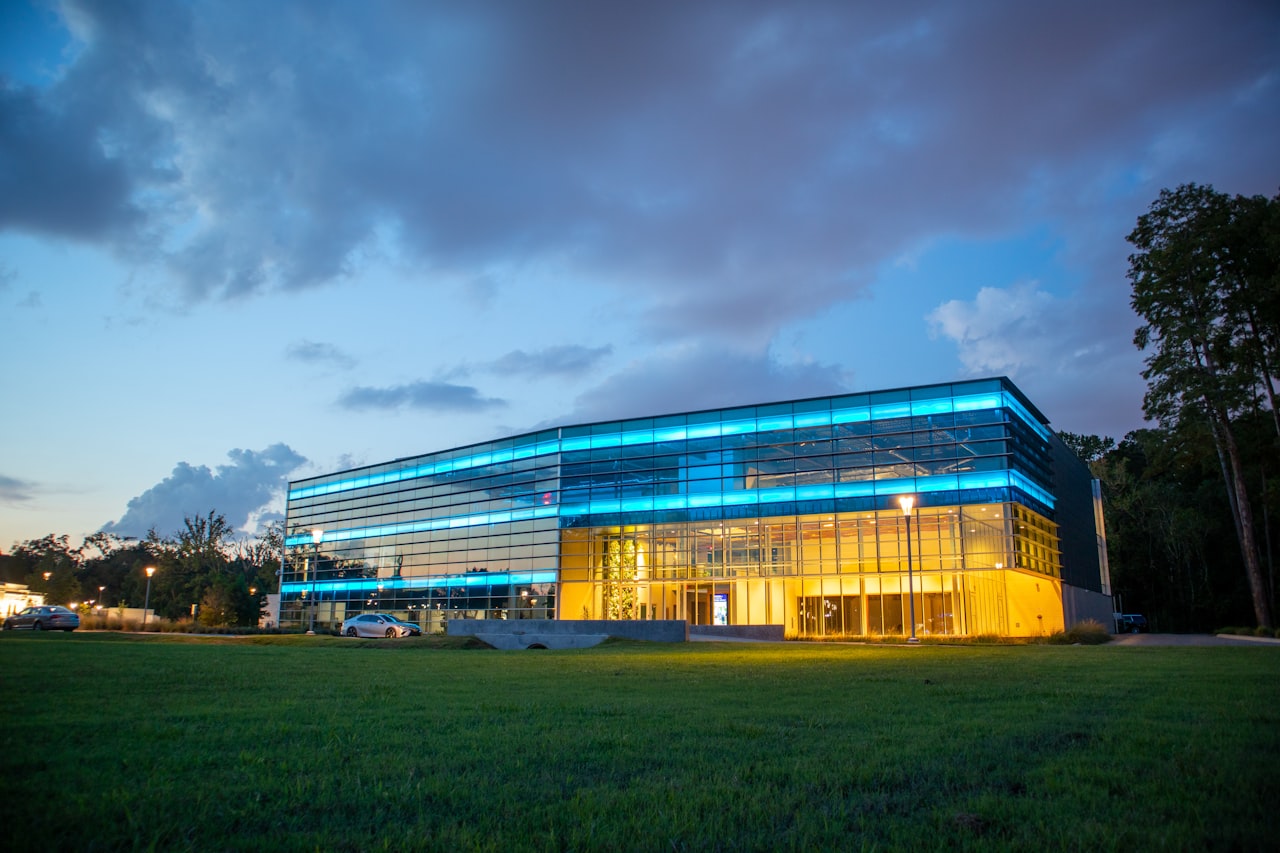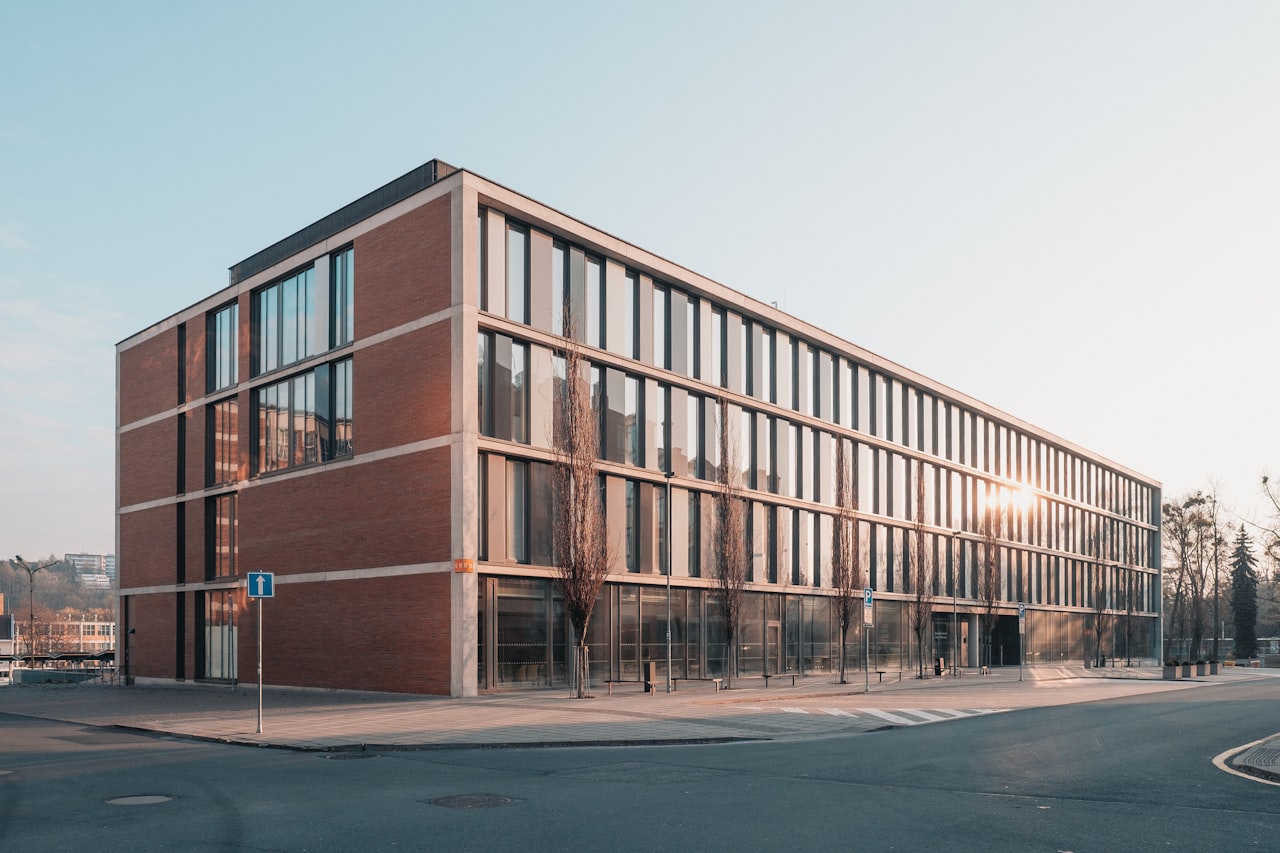The national apartment vacancy rate increased in the first quarter due to a combination of high Class A construction deliveries and historic fourth quarter absorption weakness being pushed into the first quarter. However, a 4.1 percent rise in the overall average rent and 242,000 units absorbed over the past year point to the underlying strong demand drivers for multifamily. Sharp rise in Class A vacancy. Negative net absorption of 11,000 units and 77,000 apartment deliveries raised the national vacancy rate to 4.4 percent from 4.2 percent a year ago.
The new units contributed to a 120-basis-point jump in the Class A vacancy rate to 6.6 percent. Some of the largest increases in Class A vacancy occurred in Atlanta, Chicago, Denver, and Los Angeles, metros with elevated completions. Yet, Class A rents rose in all markets, except in New York City and Houston. Owners have anticipated the rising supply of new Class A units and instead of lowering asking rents, they are holding firm on pricing in preparation for the spring leasing season, which historically has the highest absorption for the year. Slight Class B vacancy uptick caused by a jump in the South region of the country. The delta between Class A and B property rents is the smallest in the South. With select newly delivered units offering concessions to aid lease-up, some Class B tenants have been able to make the jump up to Class A units Through 1Q Forecast Sources: Marcus and Millichap Research Services; MPF Research The information contained herein was obtained from sources deemed reliable. Every effort was made to obtain complete and accurate information; however, no representation, warranty, or guarantee to the accuracy, express or implied, is made.
Marcus and Millichap 2017 with only a small increase in their monthly rent. The Class C vacancy rate decreased over the past year, reflecting the strong demand for affordable rentals. Pause in apartment investment evident in the first quarter. Potentially higher borrowing costs, along with proposed changes to fiscal policy and the tax code, have raised uncertainty that influenced investor decisions. Preliminary first-quarter estimates place multifamily property sales down 15 to 20 percent from the corresponding period in 2016. Although the pause in transactions is significant, it should be noted that sales last year were near record levels. Greater clarity on the range of economic, tax, and fiscal policy changes could spark renewed investor activity. A steady economy underpins the 2017 market. Job growth in the first five months of 2017 equaled growth seen in 2016 and provides momentum for steady rental demand this year.
Apartment construction will likely peak in 2017 with the delivery of 370,000 units. Nearly half of the total, however, will be delivered in 10 markets, potentially creating pockets of elevated vacancy rates in metros including Dallas and Fort Worth, Houston, and New York City. Economic drivers support the absorption of more than 290,000 units this year and a rise in the national vacancy rate to the low-4 percent range. Following an advance in the first quarter, the average rent remains on track to rise 3.8 percent.
The new units contributed to a 120-basis-point jump in the Class A vacancy rate to 6.6 percent. Some of the largest increases in Class A vacancy occurred in Atlanta, Chicago, Denver, and Los Angeles, metros with elevated completions. Yet, Class A rents rose in all markets, except in New York City and Houston. Owners have anticipated the rising supply of new Class A units and instead of lowering asking rents, they are holding firm on pricing in preparation for the spring leasing season, which historically has the highest absorption for the year. Slight Class B vacancy uptick caused by a jump in the South region of the country. The delta between Class A and B property rents is the smallest in the South. With select newly delivered units offering concessions to aid lease-up, some Class B tenants have been able to make the jump up to Class A units Through 1Q Forecast Sources: Marcus and Millichap Research Services; MPF Research The information contained herein was obtained from sources deemed reliable. Every effort was made to obtain complete and accurate information; however, no representation, warranty, or guarantee to the accuracy, express or implied, is made.
Marcus and Millichap 2017 with only a small increase in their monthly rent. The Class C vacancy rate decreased over the past year, reflecting the strong demand for affordable rentals. Pause in apartment investment evident in the first quarter. Potentially higher borrowing costs, along with proposed changes to fiscal policy and the tax code, have raised uncertainty that influenced investor decisions. Preliminary first-quarter estimates place multifamily property sales down 15 to 20 percent from the corresponding period in 2016. Although the pause in transactions is significant, it should be noted that sales last year were near record levels. Greater clarity on the range of economic, tax, and fiscal policy changes could spark renewed investor activity. A steady economy underpins the 2017 market. Job growth in the first five months of 2017 equaled growth seen in 2016 and provides momentum for steady rental demand this year.
Apartment construction will likely peak in 2017 with the delivery of 370,000 units. Nearly half of the total, however, will be delivered in 10 markets, potentially creating pockets of elevated vacancy rates in metros including Dallas and Fort Worth, Houston, and New York City. Economic drivers support the absorption of more than 290,000 units this year and a rise in the national vacancy rate to the low-4 percent range. Following an advance in the first quarter, the average rent remains on track to rise 3.8 percent.





